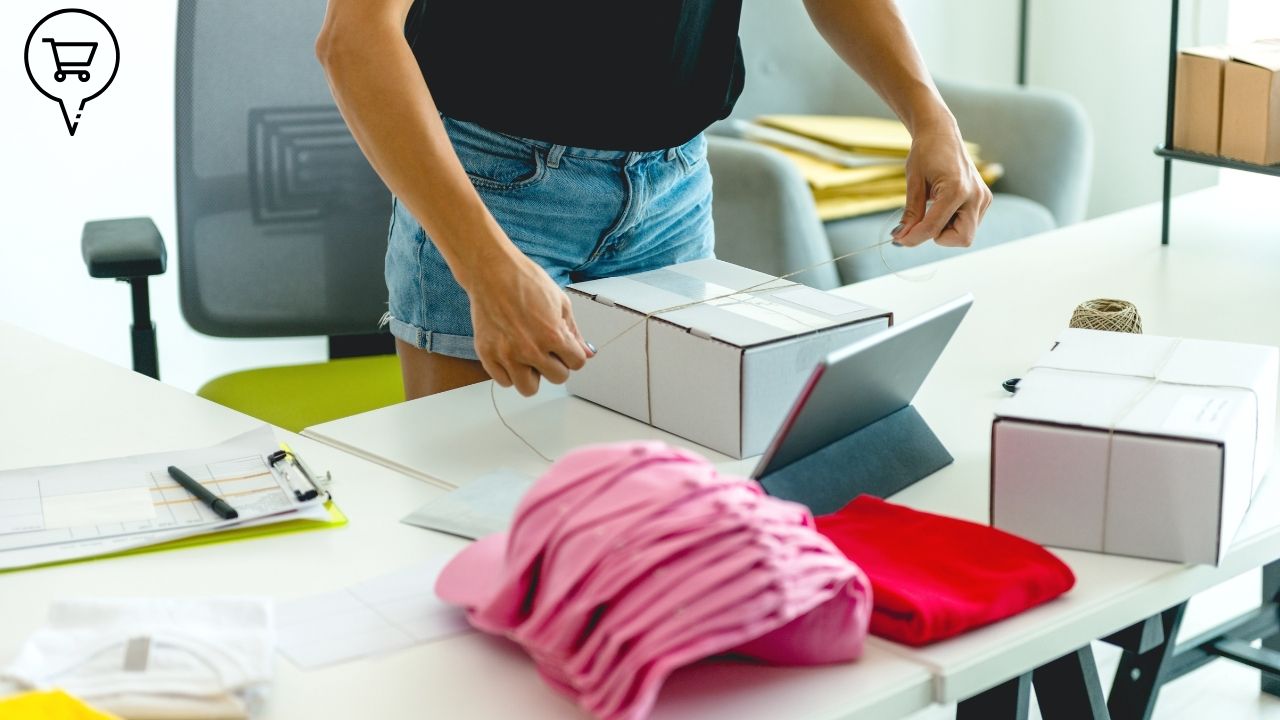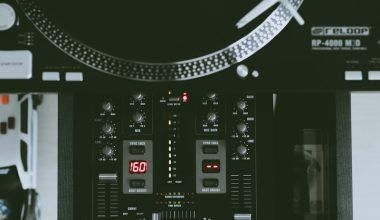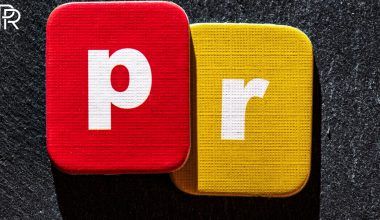Starting an artist merchandise store can be a game-changer for your music career. Not only does it provide an additional revenue stream, but it also helps you connect with your fans on a deeper level. This blog will guide you through the steps to set up your store, the benefits, and best practices to ensure success. Whether you’re an independent artist or part of a band, having a merchandise store is a vital part of your brand strategy.
What is an Artist Merchandise Store?
An artist merchandise store is an online or physical shop where artists sell products related to their music and brand. These products can range from t-shirts, hoodies, and hats to posters, CDs, vinyl records, and even unique items like custom jewelry or artwork. The goal is to offer fans a way to support the artist while also getting something tangible that represents their love for the music.
Benefits of Having an Artist Merchandise Store
Additional Revenue Stream
Selling merchandise provides a significant source of income, especially in times when live performances might be limited. With an artist merchandise store, you can continue to generate revenue from your fans.
Brand Building
Merchandise is a powerful tool for building and promoting your brand. Every item sold acts as a mobile advertisement for your music. Fans wearing your merchandise help spread the word about your work.
Fan Engagement
Offering exclusive or limited-edition items can create a deeper connection with your fans. It shows that you value their support and are willing to provide them with unique products that they can’t get anywhere else.
Steps to Start an Artist Merchandise Store
1. Plan Your Merchandise
Before you start an artist merchandise store, it’s essential to plan what items you will sell. Consider the following:
- Audience Preferences: Understand what your fans like. Do they prefer t-shirts over hats? Are they more likely to buy posters or vinyl records?
- Designs: Work with a designer to create appealing and unique designs that reflect your brand.
- Quality: Ensure that the products are of high quality. Fans will associate the quality of the merchandise with the quality of your music.
2. Choose a Platform
You need a platform to host your artist merchandise store. Some popular options include:
- Shopify: Known for its user-friendly interface and robust features.
- Bandcamp: Great for musicians as it integrates well with music sales.
- Big Cartel: Ideal for smaller operations with fewer products.
3. Set Up Your Store
Once you’ve chosen a platform, follow these steps to set up your artist merchandise store:
- Create an Account: Sign up and choose a plan that fits your needs.
- Customize Your Store: Use templates and design tools to make your store look appealing and professional.
- Add Products: Upload high-quality images and detailed descriptions of your products.
4. Pricing Your Merchandise
Setting the right price is crucial. Here are some tips:
- Cost of Production: Ensure the price covers the cost of production, shipping, and any platform fees.
- Market Research: Look at what similar artists are charging for their merchandise.
- Profit Margin: Aim for a reasonable profit margin that doesn’t price out your fans.
5. Promote Your Store
Promotion is key to driving traffic to your artist merchandise store. Use these strategies:
- Social Media: Share links to your store on all your social media platforms.
- Email Newsletters: Send regular updates to your fanbase about new merchandise.
- Live Shows: Promote your merchandise during live performances and provide links to your online store.
Best Practices for Running an Artist Merchandise Store
Quality Over Quantity
Focus on offering high-quality products rather than a large quantity of items. This ensures customer satisfaction and repeat business.
Limited Edition Items
Creating limited edition items can generate excitement and urgency among fans. It makes them feel special and more connected to you as an artist.
Customer Service
Excellent customer service is vital. Ensure timely responses to inquiries and resolve any issues quickly. Happy customers are more likely to become repeat buyers and recommend your store to others.
Keep Inventory in Check
Manage your inventory effectively to avoid overstocking or running out of popular items. Use inventory management tools provided by your platform to track stock levels.
Tips for Creating Successful Merchandise Designs
Understand Your Audience
Knowing your audience is the first step in creating designs that will sell. Conduct surveys or engage with your fans on social media to understand their preferences.
Collaborate with Designers
If you don’t have design skills, collaborate with a professional designer. A good design can make a significant difference in the appeal of your merchandise.
Keep It Simple
Sometimes, less is more. Simple designs often have a broader appeal and can be more cost-effective to produce.
Reflect Your Brand
Ensure that your merchandise designs reflect your brand and music style. Consistency in branding helps in building a strong identity.
Expanding Your Product Line
Start Small
When starting an artist merchandise store, it’s wise to begin with a few key items. As your store grows and you learn more about what your fans like, you can gradually expand your product line.
Seasonal Items
Introduce seasonal items like winter jackets, summer hats, or holiday-themed merchandise. This can create a sense of novelty and encourage fans to buy more frequently.
Bundles and Packages
Offering bundles or packages can increase sales. For example, you could bundle a t-shirt with a CD or vinyl record at a discounted price.
Handling Logistics
Inventory Management
Effective inventory management is crucial for the smooth operation of your artist merchandise store. Keep track of stock levels, reorder popular items, and discontinue products that don’t sell well.
Shipping
Choose a reliable shipping partner to ensure timely delivery of orders. Consider offering different shipping options, such as standard, expedited, and international shipping.
Returns and Exchanges
Have a clear returns and exchanges policy in place. This builds trust with your customers and encourages them to make purchases without fear of being stuck with a product they don’t like.
Regular Updates
Keep your fans updated with regular posts about new merchandise, special offers, and restocks. Use eye-catching images and engaging captions to draw attention.
Behind-the-Scenes Content
Share behind-the-scenes content of your design process, production, or even packing orders. This humanizes your brand and makes fans feel more connected to you.
Influencer Collaborations
Collaborate with influencers who resonate with your brand. They can help promote your merchandise to a wider audience.
Leveraging Email Marketing
Build an Email List
Start building an email list of your fans. Offer a discount on their first purchase for signing up to your newsletter.
Send out regular newsletters with updates about new products, upcoming sales, and exclusive offers. This keeps your fans engaged and informed.
Engaging with Your Fans
Host Contests and Giveaways
Hosting contests and giveaways is a great way to engage with your fans and promote your artist merchandise store. Offer merchandise as prizes to encourage participation.
Fan Features
Feature fans wearing your merchandise on your social media pages. This not only shows appreciation for your fans but also serves as social proof for potential customers.
Optimizing Your Store for SEO
Keyword Research
Conduct keyword research to find out what terms your potential customers are searching for. Use these keywords in your product descriptions, titles, and meta tags.
High-Quality Images
Use high-quality images with alt text descriptions to improve your store’s visibility on search engines.
Blog Content
Create a blog on your artist merchandise store website. Write posts about your music journey, merchandise design process, and other related topics. This can drive more traffic to your store and improve your SEO.
Common Challenges and How to Overcome Them
Production Delays
Production delays can be frustrating for both you and your fans. Work with reliable suppliers and always have a backup plan in case of delays.
Managing Inventory
Keeping track of inventory can be challenging, especially as your product line grows. Use inventory management software to help keep things organized.
Marketing
Marketing your artist merchandise store requires ongoing effort. Utilize social media, email marketing, and collaborations with influencers to keep your brand in the spotlight.
Additional Strategies for Boosting Sales
Offer Pre-Orders
Offering pre-orders for new merchandise can help gauge interest and ensure you don’t overproduce items. It also creates excitement and anticipation among your fans.
Create Limited-Time Offers
Limited-time offers and flash sales can create urgency and encourage quick purchases. Promote these offers heavily on your social media and email lists.
Personalize Your Merchandise
Personalized merchandise can be a big hit. Offer items that can be customized with names, favorite lyrics, or unique designs created for individual fans.
Partner with Other Artists
Partnering with other artists for joint merchandise can expand your reach. Collaborate on unique items that incorporate elements from both artists’ brands.
Managing Finances
Budgeting
Careful budgeting is essential when running an artist merchandise store. Track your expenses and revenues meticulously. This includes costs for production, shipping, platform fees, and marketing.
Setting Financial Goals
Set clear financial goals for your merchandise store. Whether it’s to break even in the first few months or to achieve a specific profit margin, having goals will keep you focused.
Using Accounting Software
Invest in good accounting software to keep your finances in order. This will help you manage your income, expenses, taxes, and profits efficiently.
Conclusion
Starting an artist merchandise store is a strategic move that can significantly boost your music career. By following these steps and best practices, you can create a successful store that not only generates revenue but also strengthens your bond with your fans. Remember, the key is to offer high-quality, unique items that reflect your brand and resonate with your audience. With the right approach, your artist merchandise store can become a cornerstone of your music business, providing financial stability and a deeper connection with your fans.
For further reading, explore these related articles:
- Ultimate Guide to Music Album Promotion
- How to Promote Indie Music: A Comprehensive Guide
- How Do I Promote My Music: A Guide for Independent Artists
For additional resources on music marketing and distribution, visit Deliver My Tune.






